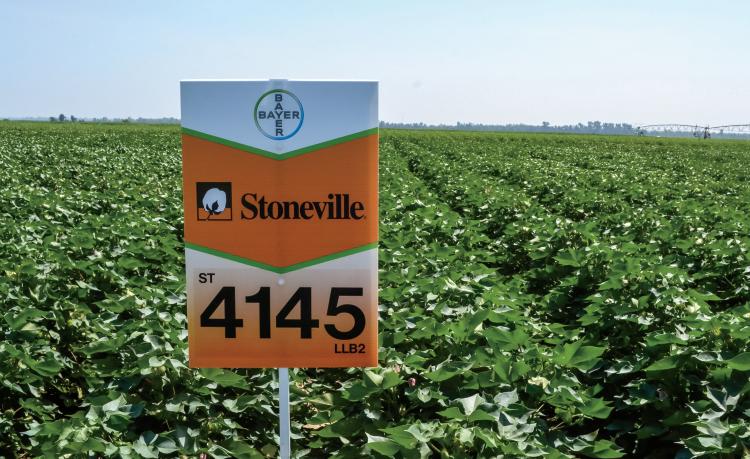Home > Missouri > Missouri Crops & Livestock > Missouri’s Bootheel Region is Fertile Ground
Missouri’s Bootheel Region is Fertile Ground

Fertile land and the abundance of quality water make the bootheel region of Missouri an agricultural powerhouse.
“This is the right area and the right soil type for just about any crop,” says Mike Martin of Martin Rice Company. “It’s unique to the state because it is part of the old Mississippi River Delta. We’ve got rich soil and plentiful irrigation, and that makes it ideal for rice, soybeans, cotton and really most anything people want to farm here.”
In fact, Missouri’s bootheel is the most intensively cropped area in the state, according to the Missouri Census of Agriculture. In addition to Missouri’s traditional top crops of soybeans and corn, bootheel farmers excel in rice and cotton production.
The bootheel is the state’s leader in soybean production with nearly 50 million bushels annually – totaling more than 20 percent of Missouri’s soybean crop. In 2011, DuPont business Pioneer Hi-Bred opened its largest soybean production plant in the world in New Madrid County. The $60 million seed production facility’s location near major highway and river transportation routes allows it to serve soybean growers throughout the southeastern United States.
“Seed quality is what we do,” says Nathan Bengston, the New Madrid plant manager. “The Missouri bootheel is a highly productive, highly irrigated area, which makes it ideal for our company. The region is right for our business because of the quality of the soybeans.”
Bengston has confidence in the future of soybeans. “The amount of research dollars being poured into soybeans right now is staggering,” he says. “We have new technologies, biotech, traditional breeding, molecular breeding – all increasing the yield year after year. It’s exciting as we look ahead to successfully feeding the world on fewer acres.”
He also has confidence in the New Madrid plant, which currently employs more than 65 people. “We see an opportunity for growth, both in terms of personnel and production,” he says. “We are blessed with a large state-of-the-art facility that can run a lot of soybeans. We have just scratched the surface of what we can do in the future.”
The bootheel is home to the state’s rice industry, which is the fifth largest in the nation and is valued at more than $133 million annually.
One of the most recognizable Missouri rice-growing operations, Martin Rice Company’s history dates back more than 50 years ago when Mike Martin’s grandfather purchased 160 acres of land and began farming. Today, the Martins farm more than 4,000 acres and produce long-grain, medium grain and specialty rice varieties. In 2000, the company constructed a rice processing facility and began milling its own rice. Martin Rice Company now mills more than a million bushels of rice per year.
“We’re farmers by trade, and the milling fits with everything else we do,” Martin says. “We still farm and we know how rice is produced, and that knowledge has expanded into where we can find a niche we can capitalize on.”
For Martin Rice Company, part of that niche is specialty rice, such as jasmine, basmati and arborio, which would normally be imported from other countries. Martin also grows an identity preserved rice for a cereal company that is milled to the company’s specifications. “That’s something we can do, in part because of our size,” he says. “It’s a nice fit.”
Cotton is also a top crop in the bootheel, and it has been an important crop in the region for more than a century – although the fiber is grown in only a handful of Missouri counties.
Over the past several years, two bootheel counties ranked among the top counties in the nation for cotton yield and quality, and that bright future shows no signs of dimming. Bayer Premium Cotton currently has a pilot program to develop a sustainably grown cotton variety with longer, stronger fibers to create a differentiated product specific to Missouri.
Southeastern Missouri’s bootheel region is also one of only two areas in the nation that increased the number of acres of cotton planted in 2012. Corn, soybean and rice production are up, too.



